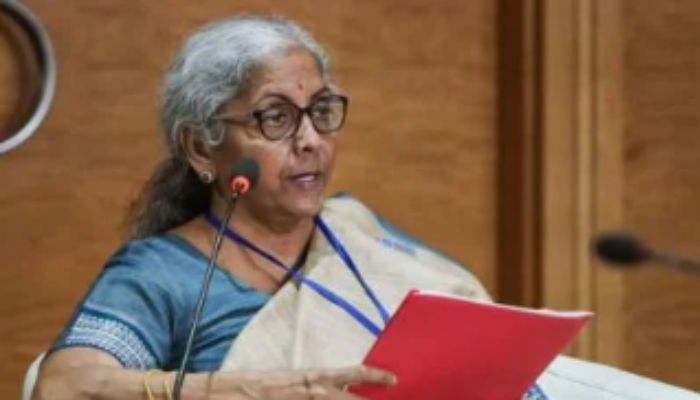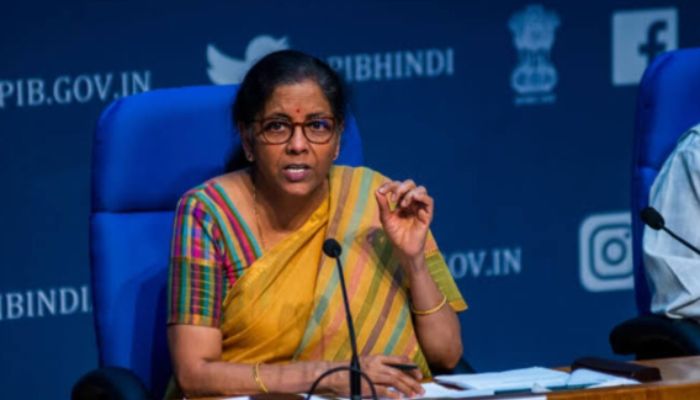The Goods and Services Tax (GST) Council is likely to convene soon to deliberate on two critical aspects of the current indirect tax structure—rate rationalisation and the future of the compensation cess. According to sources, these issues are part of broader reforms aimed at simplifying the GST regime, enhancing transparency, and improving revenue collection without burdening taxpayers.
This meeting holds significant importance as it comes at a time when India’s economy is stabilising post-COVID, and discussions on fiscal sustainability and state compensation are gaining traction. Here’s what we know so far and what to expect from the upcoming GST Council meeting.
GST Rate Rationalisation: The Road to Simplification
One of the primary agendas on the Council’s table is rate rationalisation. Currently, India’s GST regime consists of multiple tax slabs—0%, 5%, 12%, 18%, and 28%—with certain items such as luxury goods and sin goods attracting an additional compensation cess.

While the multiple rate structure was initially introduced to cater to different socio-economic segments, it has led to classification disputes and increased compliance burden for businesses. In this upcoming meeting, the Council is expected to:
- Review anomalies in current tax slabs.
- Explore merging 12% and 18% slabs to reduce classification disputes.
- Identify essential and non-essential goods to create a more balanced tax structure.
The aim is to create a more uniform and transparent tax regime, which will help in reducing litigation and improving the ease of doing business.
Compensation Cess: What Lies Beyond March 2026?
The other major item on the agenda is the future of the compensation cess. Introduced to compensate states for any loss in revenue following the rollout of GST in July 2017, the cess is currently levied on luxury items like cars, tobacco, aerated drinks, and other sin goods. The funds collected through this cess have been primarily used to repay loans taken during the COVID-19 pandemic to support state finances.
As per the original plan, the compensation cess was supposed to end in June 2022. However, due to the pandemic-induced financial strain, it was extended until March 2026. Now, with that deadline approaching, the Group of Ministers (GoM), led by the Minister of State for Finance Pankaj Chaudhary, is closely examining the future role of this cess.
Key discussion points include:
- Whether the cess should continue beyond March 2026.
- If extended, should the proceeds be earmarked for specific purposes like healthcare or education?
- Evaluating the impact of cess removal on overall GST revenues and state finances.

Balancing State and Central Priorities
A crucial aspect of the discussion will be to balance the financial interests of both the Centre and the States. With the end of the guaranteed compensation period, many states are expressing concerns about revenue stability. The Centre, on the other hand, needs to ensure that the GST structure does not become overly complex or burdensome for the end consumer.
Therefore, the Council is expected to consider options like:
- Offering a revenue protection mechanism for states post-March 2026.
- Gradual phasing out of the compensation cess.
- Allocating a share of increased GST revenue from rate rationalisation to states.
Expectations from the Meeting
With over seven years of GST implementation behind us, the upcoming Council meeting is expected to be transformational rather than incremental. Experts believe that a simplified rate structure combined with a clear stance on the cess will help in long-term policy planning and improve the efficiency of the indirect tax system.
Stakeholders, including industry bodies, tax professionals, and state governments, will be watching the outcomes closely. If the Council can reach a consensus, it may pave the way for a more predictable and sustainable GST framework for the years ahead.
Conclusion
The forthcoming GST Council meeting is poised to address two pivotal issues—rate rationalisation and the future of compensation cess—that could redefine India’s indirect tax landscape. With simplification, clarity, and fiscal balance at the core of the discussions, the meeting’s outcomes could significantly impact businesses, state finances, and the broader economy.
Frequently Asked Questions
1. What is GST rate rationalisation?
GST rate rationalisation refers to the process of reducing the number of tax slabs and correcting anomalies in the current GST structure to simplify the tax regime and reduce classification disputes.
2. What is the compensation cess under GST?
Compensation cess is an additional tax levied on luxury and sin goods to compensate states for revenue loss due to the implementation of GST.
3. When is the compensation cess expected to end?
As of now, the compensation cess is scheduled to end in March 2026. The upcoming GST Council meeting will decide whether it should continue beyond that.
4. Why is there a need to rationalise GST rates?
Multiple GST rates create complexity, compliance challenges, and disputes. Rationalisation aims to create a more streamlined and business-friendly tax system.
5. Who is heading the GoM on compensation cess?
The Group of Ministers (GoM) on compensation cess is headed by the Minister of State for Finance, Pankaj Chaudhary.











